Photothermal Conversion Material of Nano Violet Tungsten Oxide
- Details
- Category: Tungsten Information
- Published on Thursday, 14 November 2019 20:29
- Written by Yanqiu
- Hits: 1938
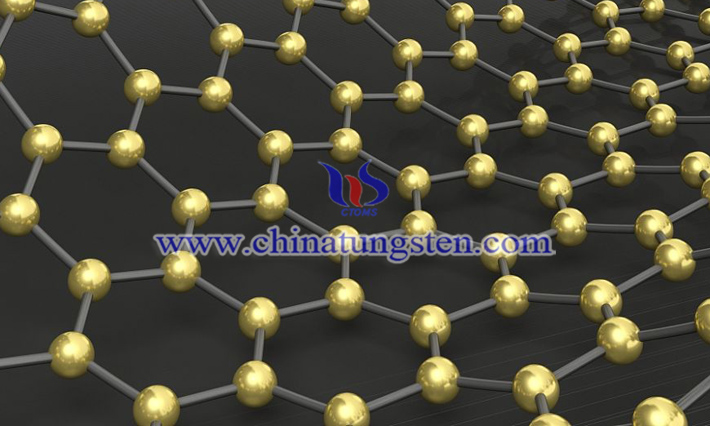
iolet tungsten oxide exhibits a strong, tunable localized surface plasmon resonance effect, which results in its light absorption in the near infrared region. Based on this light absorption property, photothermal conversion material of nano violet tungsten oxide is successfully prepared. It has application value in the treatment of cancer.
Read more: Photothermal Conversion Material of Nano Violet Tungsten Oxide
Electric Heating Furnace for the Preparation of Violet Tungsten Oxide
- Details
- Category: Tungsten Information
- Published on Thursday, 14 November 2019 19:37
- Written by Yanqiu
- Hits: 1900
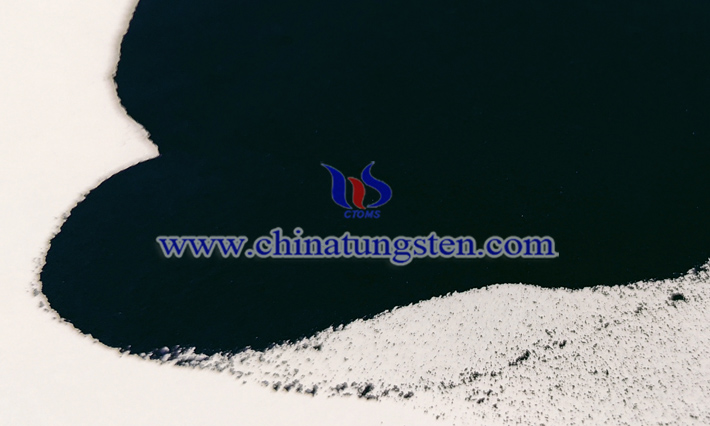
As violet tungsten oxide has high chemical activity and good air permeability, it is suitable for the production of ultrafine tungsten powder and tungsten carbide powder. At present, a kind of electric heating furnace is applied in the production of violet tungsten oxide.
Read more: Electric Heating Furnace for the Preparation of Violet Tungsten Oxide
Calciner for the Preparation of Violet Tungsten Oxide
- Details
- Category: Tungsten Information
- Published on Thursday, 14 November 2019 19:32
- Written by Yanqiu
- Hits: 1809
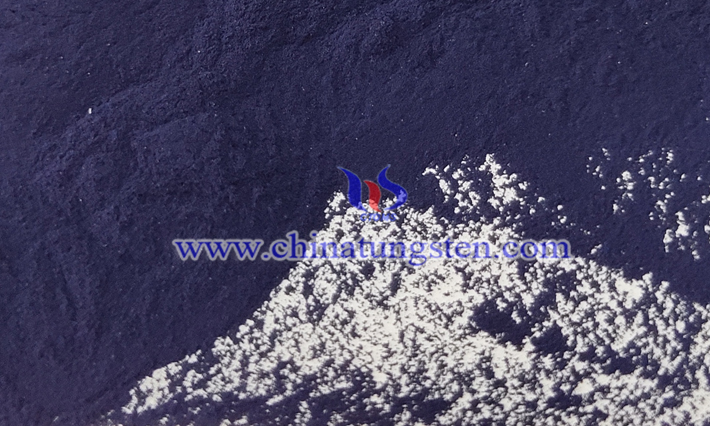
Violet tungsten oxide with unique needle structure and high chemical activity has broad application prospects in the preparation of tungsten powder and tungsten carbide. Generally, it is obtained by calcining ammonium paratungstate in a calciner.
Read more: Calciner for the Preparation of Violet Tungsten Oxide
Sealed Multi-purpose Furnace for the Preparation of Violet Tungsten Oxide
- Details
- Category: Tungsten Information
- Published on Thursday, 14 November 2019 19:34
- Written by Yanqiu
- Hits: 1846
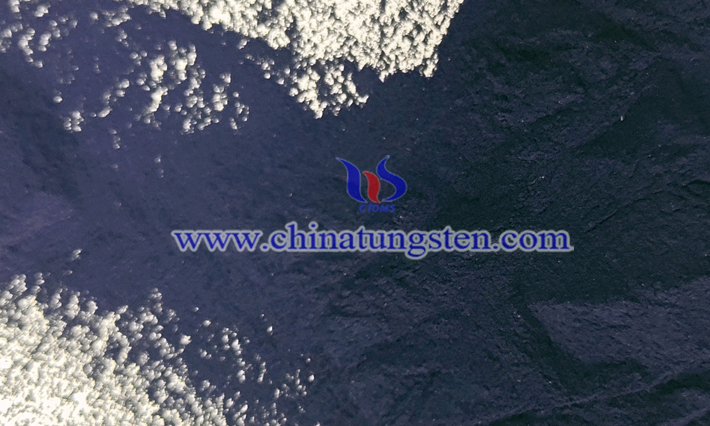
The preparation of high-quality violet tungsten oxide has attracted more and more attention. In addition to improving the preparation process, upgrading the preparation device can also improve the quality of violet tungsten oxide effectively. Sealed multi-purpose furnace is suitable for the production of high-quality violet tungsten oxide.
Read more: Sealed Multi-purpose Furnace for the Preparation of Violet Tungsten Oxide
Rotary Furnace for the Preparation of Violet Tungsten Oxide
- Details
- Category: Tungsten Information
- Published on Thursday, 14 November 2019 19:29
- Written by Yanqiu
- Hits: 1827
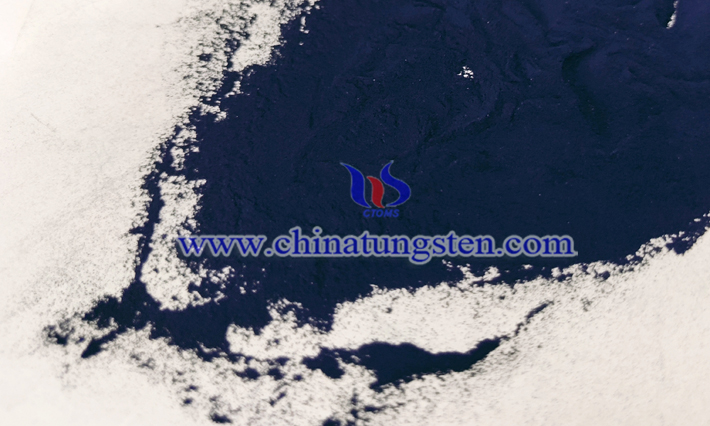
As a kind of multi-functional material, violet tungsten oxide has high application value in many fields such as fuel cells and thermal insulation materials. It is generally prepared by calcining ammonium paratungstate in a rotary furnace. The selection of rotary furnace is the key to high-quality violet tungsten oxide.
Read more: Rotary Furnace for the Preparation of Violet Tungsten Oxide





 sales@chinatungsten.com
sales@chinatungsten.com